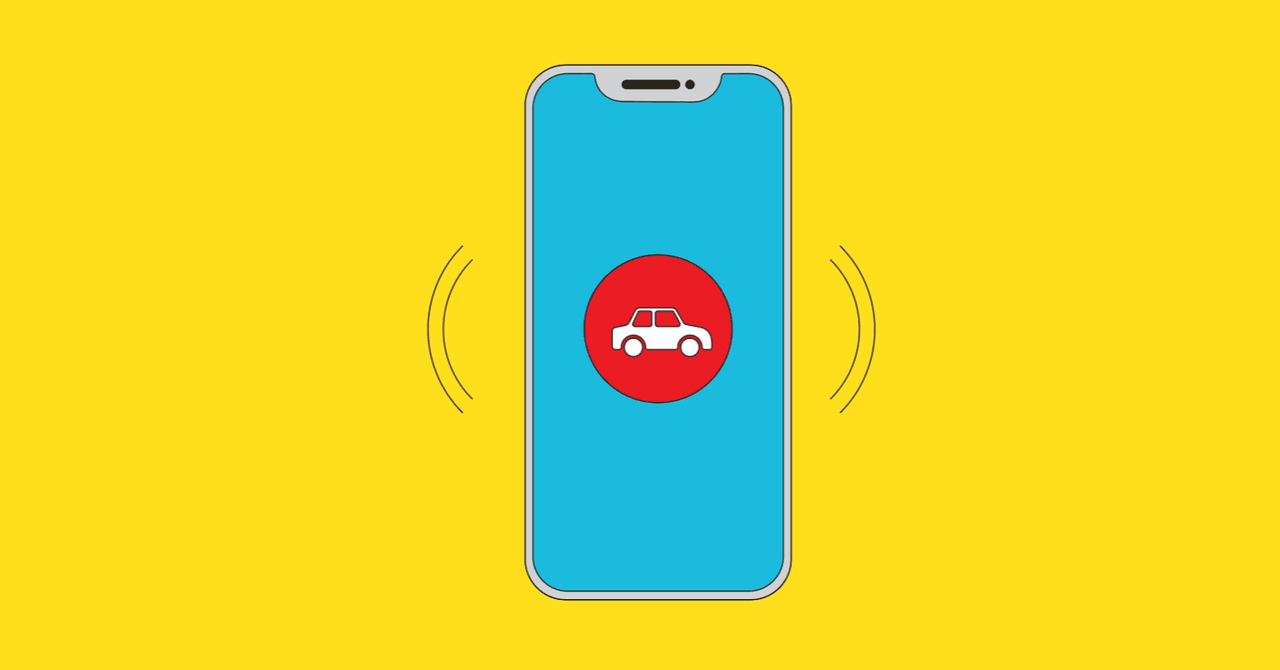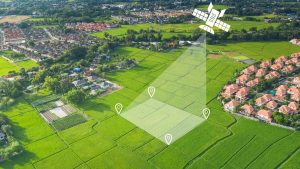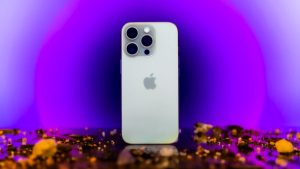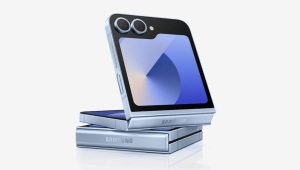What is 5G Technology really ?
Welcome to the world of 5G, where everything moves faster, connects quicker, and unlocks incredible potential. If you’re wondering what all the hype is about, this complete guide to 5G breaks it down in plain, engaging language. Whether you’re a tech newbie or just looking to get the facts straight, you’re in the right place.
Understanding Wireless Generations
From 1G to 4G
Before diving into 5G, let’s rewind. The 1G network gave us analog voice calls. Then 2G brought text messaging. 3G was our first taste of mobile internet. And 4G LTE? That’s what gave us HD video streaming and real-time apps.
The Leap to 5G
5G is the fifth generation of mobile networks, built to handle more devices, higher speeds, and ultra-reliable low-latency communication. Think of it as upgrading from a bicycle to a jet engine — it’s that big of a jump!
Key Features of 5G
Ultra-Fast Speeds
5G can hit speeds up to 10 Gbps — that’s like downloading a 4K movie in under 30 seconds. Perfect for gamers, streamers, and anyone who hates waiting.
Low Latency
Latency is the delay between sending and receiving data. 5G slashes it to under 10 milliseconds, ideal for real-time experiences like gaming, virtual reality, or self-driving cars.
Massive Device Connectivity
5G networks can support up to 1 million devices per square kilometer. That’s crucial for smart cities, IoT devices, and connected homes.
The 5G Frequency Spectrum
Low-Band 5G
Operates below 1 GHz. It covers large areas and penetrates walls easily but offers moderate speeds (up to 250 Mbps).
Mid-Band 5G
The sweet spot! Operating between 1 GHz and 6 GHz, it provides a balance of speed and coverage (up to 1 Gbps).
High-Band (mmWave) 5G
Blazing fast but with limited range. mmWave uses frequencies above 24 GHz and delivers multi-gigabit speeds. However, it struggles with walls and weather.
Infographic: 5G Frequency Comparison 
Want to know How 5G Works ?
Radio Waves and Frequency Bands
5G uses a blend of low, mid, and high-frequency bands to deliver tailored performance depending on your location and use-case.
Network Slicing and Small Cells
“Network slicing” allows carriers to create virtual networks within a single 5G network, optimizing for speed, latency, or reliability. Small cells, often mounted on street poles or rooftops, boost signal in urban areas.
5G Rollout in the U.S. and other countries
Verizon’s 5G Coverage
-
5G Nationwide: Low-band
-
5G Ultra Wideband: Mid- and high-band
AT&T’s 5G Strategy
-
5G: Low- and mid-band
-
5G+: High-band for stadiums and select venues
T-Mobile’s 5G Expansion
-
5G Extended Range: Low-band
-
5G Ultra Capacity: Mid- and high-band
Comparison Table: 5G Rollout by U.S. Carriers
| Carrier | Low-Band Coverage | Mid-Band | High-Band (mmWave) | Label Used |
|---|---|---|---|---|
| Verizon | Yes | Yes | Yes | 5G Nationwide, 5G UW |
| AT&T | Yes | Limited | Very Limited | 5G, 5G+ |
| T-Mobile | Yes | Yes | Yes | 5G Extended, Ultra Cap. |
5G vs. 4G: A Side-by-Side Comparison
| Feature | 4G LTE | 5G |
| Speed | Up to 100 Mbps | Up to 10 Gbps |
| Latency | ~50 ms | ~1-10 ms |
| Devices/km² | ~100,000 | Up to 1 million |
| Frequency Range | < 2.5 GHz | < 100 GHz |
5G Smartphones and Compatibility
mmWave Supported Devices
Look for mmWave in phones like:
-
iPhone 14 Pro (US models)
-
Samsung Galaxy S22
-
Google Pixel 7 Pro
Sub-6 GHz Phones
More affordable devices often support only low- and mid-band 5G. They’re still great, just not ultra-fast.
How to Know If You Have 5G Access ? How will you check ?
Use your phone’s status bar or check your carrier’s coverage map. Ookla and OpenSignal also provide global 5G maps.
The Real-World Benefits of 5G
For Consumers
-
Faster downloads
-
Smoother streaming
-
Improved gaming
-
Fewer dropped connections in crowds
For Industries
-
Remote surgery via robotics
-
Autonomous driving
-
Industrial IoT and smart factories
Challenges Facing 5G Deployment
Infrastructure Limitations
Building the dense network of small cells needed for mmWave is expensive and time-consuming.
Geographic Gaps
Rural areas still face slow 5G rollout due to lack of investment and infrastructure.
The Future Potential of 5G
Smart Cities
5G enables connected infrastructure for better traffic management, public safety, and utilities.
Self-Driving Vehicles
Real-time communication is essential for autonomous cars — 5G delivers that speed and reliability.
Remote Healthcare
Think remote surgeries and real-time diagnostics. 5G could transform global healthcare.
Global 5G Adoption Rates
South Korea leads the pack in 5G speeds, while the U.S. shines in availability. Other front-runners include Sweden, UAE, and Malaysia.
Security Concerns in 5G Networks
The more connected the world becomes, the more vulnerable it is. 5G networks must be secured against cyber threats, especially in critical sectors like healthcare and defense.
The Race for 5G Leadership
Huawei leads in global equipment, but geopolitical concerns have pushed countries toward alternatives like Nokia, Samsung, and Ericsson.
Conclusion
5G is more than just an upgrade; it’s a revolution. While the full impact is still unfolding, it’s clear that 5G will power the innovations of tomorrow — from smart homes and cities to breakthroughs in medicine, education, and transport.
FAQs
1. Is 5G dangerous to health?
There is currently no scientific evidence proving that 5G poses a health risk.
2. Do I need a new phone for 5G?
Yes, you need a 5G-compatible device to access the network.
3. Will 5G replace Wi-Fi?
Not entirely. 5G complements Wi-Fi but won’t fully replace it in homes or businesses.
4. Why is 5G faster than 4G?
Because it uses a broader spectrum of frequencies and advanced technology like MIMO and beamforming.
5. Where can I get 5G right now?
Availability varies by location and carrier. Check your provider’s map or tools like Ookla’s 5G map.
Please don’t forget to leave a comment on this article.




